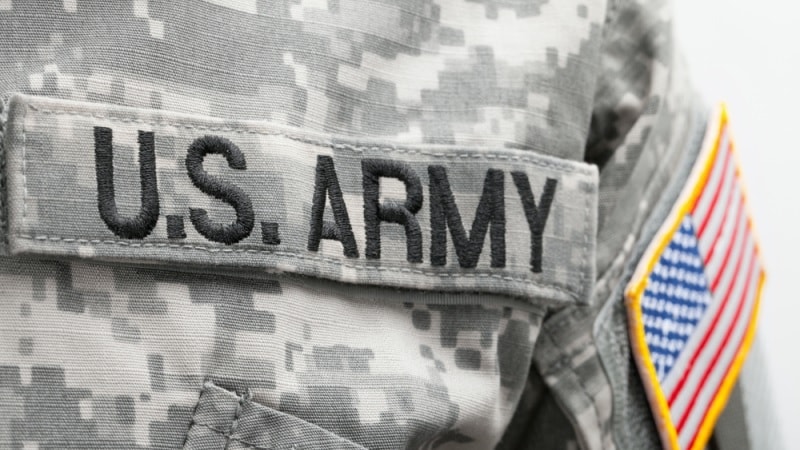
The U.S. Army has issued the third in a series of queries to industry seeking best practices and capabilities that would help the service build and implement its Unified Data Reference Architecture (UDRA).
The UDRA intends to provide solution implementation guidance for interoperable data sharing by all Army acquisition programs. The Army explained that the goal is to build a distributed “data mesh” that all Army acquisition programs can share.
However, because data mesh architecture has its roots in industry practices, the Army is turning to industry for feedback on best practices and available technologies for military application and use.
“Custom development or adaptation of mesh concepts without precedent is the least preferred solution approach,” the most recent request for information (RFI) states.
“The U.S. Army seeks to partner with the industry towards building an understanding of a UDRA that will provide the right and left boundaries to ensure data-centric interoperability while also allowing industry to provide the Government with innovative solutions,” the RFI continues.
The Army plans to implement and develop the UDRA in incremental segments.
In the initial stages of the effort, the Army built a digital model of what it thought its data reference architecture should look like and turned to industry for feedback on how they’d build and support this architecture, according to the October 2022 RFI.
The focus in the first stages was on analytical data products produced at relatively high echelons of the Army’s command structure. The Army wanted to organize the architecture around making up a data mesh, including the idea that “domain owners” should be responsible for different types of data.
This third draft of the UDRA and the latest RFI focus on the definition and realization of data domains and federated and computational governance that enable interoperable sharing of data products.
“Responses to this RFI will assist the U.S. Army in determining if commercial sources exist that are capable of conforming to UDRA implementation requirements,” the RFI states. The Army further clarified that it does not foresee establishing a single program to acquire the UDRA implementation.
The latest RFI is expected to be the last RFI and draft UDRA prior to the release of the first complete version of the UDRA.
Responses to this RFI are due on October 30.
